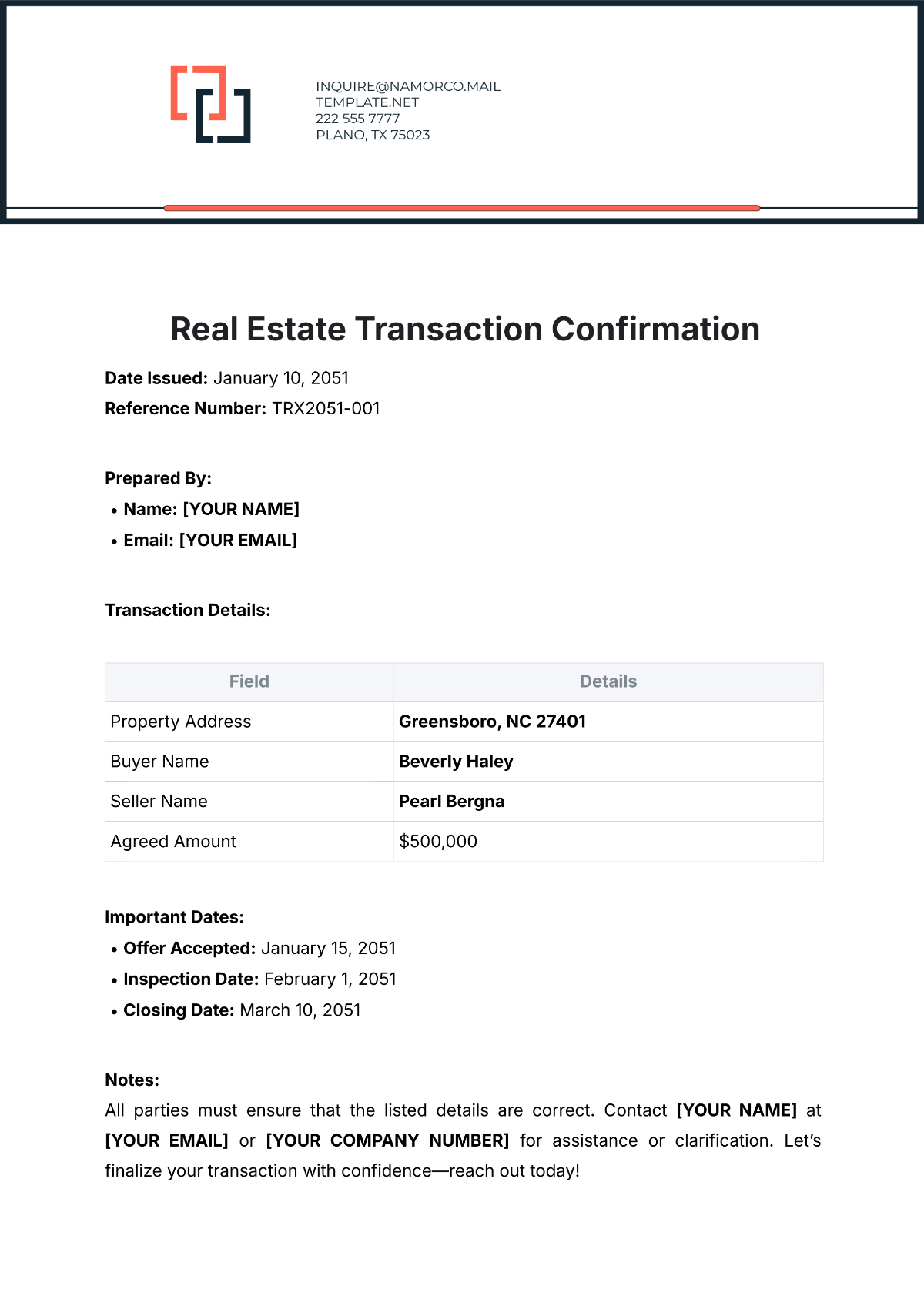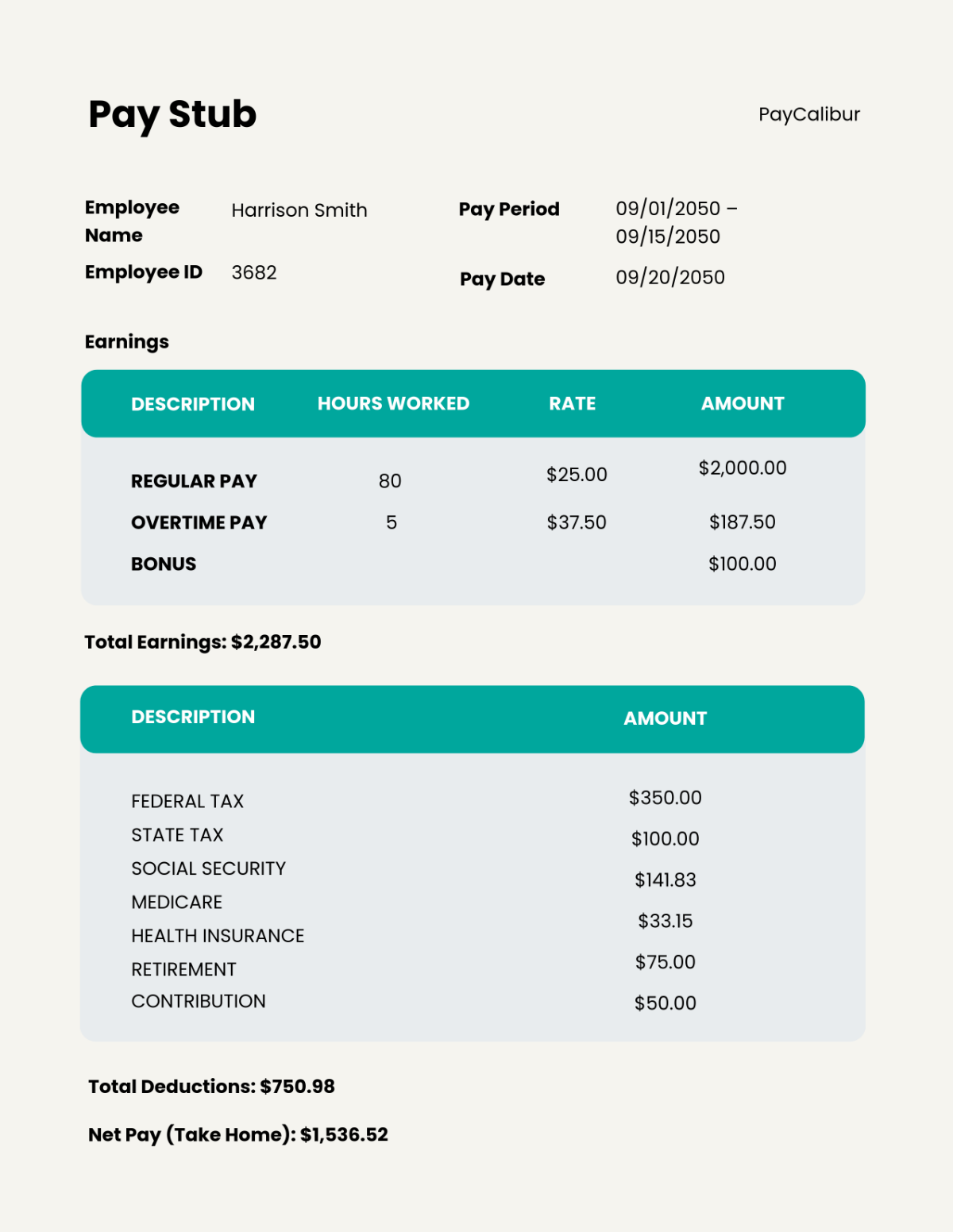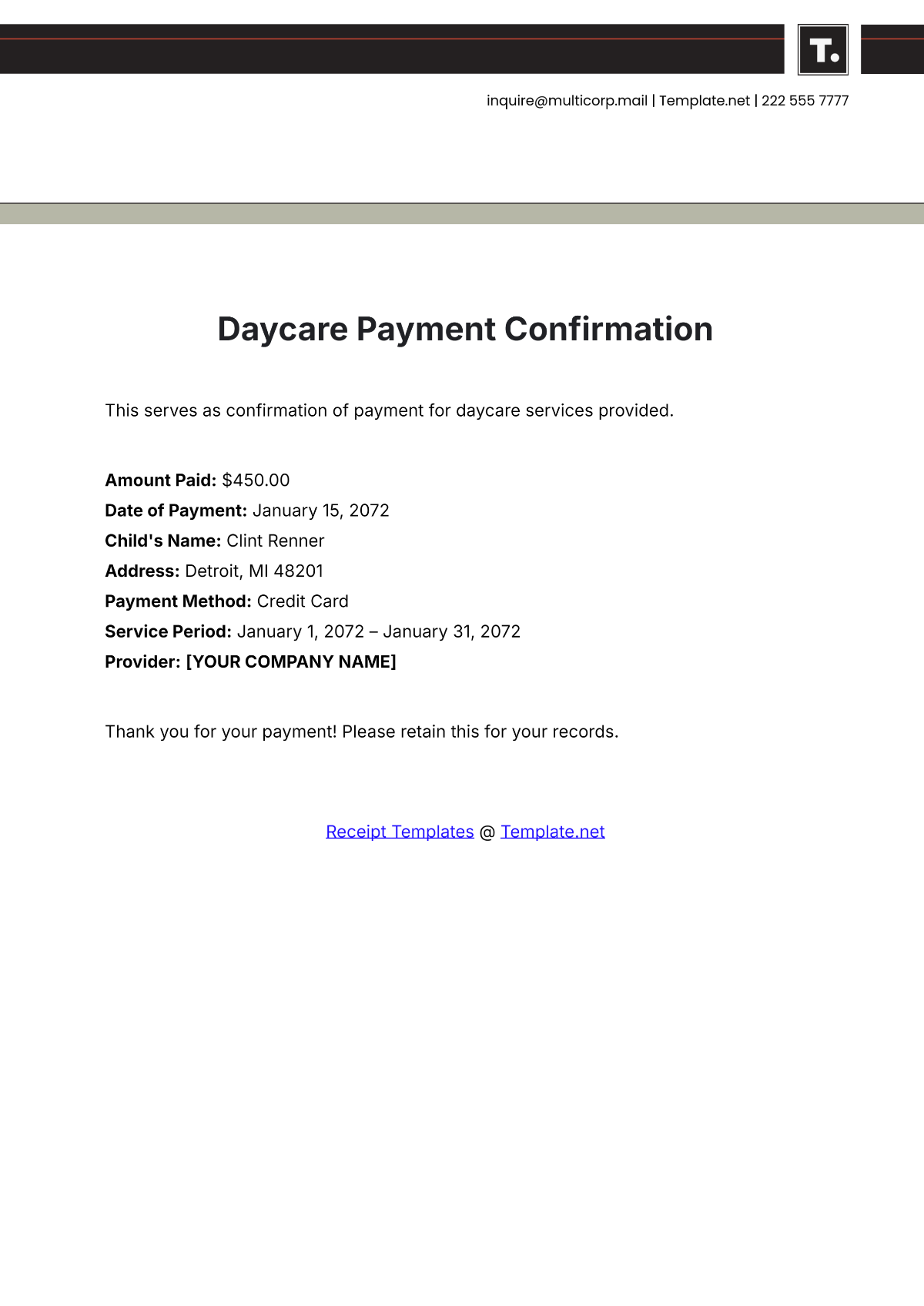In-Depth Financial Planning Document
Executive Summary
A. [Your Company Name] Overview:
[Your Company Name] is a reputable financial planning firm dedicated to providing personalized and strategic financial solutions. With a team of experienced professionals, we aim to assist clients in achieving their financial goals and securing a prosperous future.
B. Key Financial Goals and Objectives:
Our primary objective is to understand and address the unique financial goals and aspirations of our clients. Whether it's purchasing a home, funding education, or planning for retirement, we tailor our services to meet individual needs. Through a meticulous financial planning process, we strive to optimize wealth creation and preservation.
C. Summary of Financial Planning Recommendations:
The recommendations outlined in this document are the result of a comprehensive analysis of [Your Client Name]'s financial situation. These recommendations cover various aspects, including investment strategy, retirement planning, estate planning, insurance, and tax planning. The goal is to provide a holistic financial plan that aligns with [Your Client Name]'s objectives and risk tolerance.
Introduction
A. Background Information on the Client: [Your Client Name]
[Your Client Name] is an individual seeking personalized financial planning services. With a background in marketing, they are looking to secure a financial future and make informed decisions to achieve financial success.
B. Purpose of the Financial Planning Document:
The purpose of this document is to provide a detailed and customized financial plan for [Your Client Name]. It outlines the current financial status, identifies specific financial goals, assesses risk tolerance, and presents a strategic roadmap for achieving financial objectives. This document serves as a guide for [Your Client Name] to make informed financial decisions with the support of [Your Company Name]'s expertise.
Financial Assessment
A. Personal Information
Name: | [Your Client Name] |
Email: | [Your Client Email] |
Date of Birth: | [January 15, 2020] |
Contact Number: | [Your Client Number] |
Address: | [Your Client Address] |
B. Current Financial Snapshot
Income: | [$80,000] annually |
Expenses: | [$50,000] annually |
Assets: | [$200,000] (Savings, Investments) |
Liabilities: | [$30,000] (Mortgage, Car Loan) |
C. Financial Goals
Short-term goals:
Buying a home in [Palm Springs]: | [$200,000] |
Travel fund for European destinations: | [$10,000] |
Mid-term goals:
Education fund for [Emily Doe]: | [$50,000] |
Long-term goals:
Retirement savings by age 65: | [$1,000,000] |
Risk Assessment
A. Risk Tolerance: Moderate
[Your Company Name] has a moderate risk tolerance, indicating a balanced approach to risk management. This means that while the organization acknowledges the necessity of taking calculated risks to achieve strategic objectives, it does not seek unnecessary exposure and is committed to maintaining a level of risk that aligns with its overall goals and values.
B. Risk Capacity: Medium
The medium risk capacity of [Your Company Name] signifies the organization's ability to absorb and manage risks within acceptable limits. This capacity takes into account the financial, operational, and strategic resources available to [Your Company Name], allowing it to navigate challenges effectively without compromising its overall stability and sustainability.
C. Risk Perception
[Your Company Name] recognizes that risk perception is subjective and varies among stakeholders. The organization is committed to understanding and addressing the specific risk perceptions of its clients. By actively seeking feedback and conducting regular risk assessments, [Your Company Name] aims to align its risk management strategies with the expectations and concerns of its clients, ensuring a harmonious and transparent risk management approach.
Investment Strategy
A. Asset Allocation
To align with [Your Client Name]'s financial goals and risk profile, we propose the following asset allocation:
Equities: | [60%] |
Fixed Income: | [30%] |
Other (e.g., Real Estate): | [10%] |
B. Investment Vehicles
Stocks
Blue Chip Stocks: | [$40,000] |
Allocation: | [50%] |
Tech Sector ETF: | [$20,000] |
Allocation: | [25%] |
Bonds
Government Bonds: | [$30,000] |
Allocation: | [50%] |
Maturity: | [5 years] |
Corporate Bonds: | [$20,000] |
Allocation: | [ 50%] |
Issuer: | [Name] |
Mutual Funds
Diversified Growth Fund: | [$30,000] |
Allocation: | [100%] |
Fund Details: | [Name, Fund Manager] |
C. Diversification
To enhance portfolio resilience, we recommend diversifying investments across:
Geographic Diversification:
US Equities: | [40%] |
International Equities: | [20%] |
Sectoral Diversification:
Technology: | [20%] |
Healthcare: | [10%] |
Finance: | [10%] |
This diversified approach aims to optimize returns while managing risk effectively. Regular reviews will be conducted to ensure the portfolio stays aligned with [Your Client Name]'s financial goals and market conditions.
Retirement Planning
A. Estimated Retirement Age: 65
B. Retirement Income Sources:
Social Security: | [$25,000] annually |
Pension: | [$20,000] annually |
Required Retirement Savings: | [$1,000,000] |
Retirement planning for [Your Client Name] is designed to ensure a comfortable and secure retirement. The estimated retirement age is set at 65, with multiple income sources contributing to a robust financial cushion. Social Security, pension, and personal savings from the investment portfolio are expected to cover his anticipated lifestyle expenses in retirement.
To achieve this, the required retirement savings are projected at [$1,000,000]. This figure is based on a careful analysis of [Your Client Name]'s current lifestyle, expected inflation, and potential healthcare costs in retirement. Regular reviews will be conducted to track progress towards this savings goal and make adjustments as needed.
Estate Planning
We address the critical components of estate planning for [Your Client Name]:
A. Will:
Details: The will outlines the distribution of assets, including properties, investments, and personal belongings. Special provisions are included to provide for charitable contributions.
Executor: [Your Client Name] has nominated [Executor's Name], a trusted family member, to execute the provisions of the will.
B. Power of Attorney:
Details: The power of attorney document specifies the scope of authority granted to [Attorney-in-fact's Name], ensuring the smooth management of financial affairs in case of incapacity.
C. Beneficiary Designations:
Life Insurance: [Your Client Name]'s spouse, [Spouse's Name], is designated as the primary beneficiary, with provisions for contingent beneficiaries.
Retirement Accounts: Children, [Children's Names], are named as primary beneficiaries, with provisions for equal distribution.
Estate planning is meticulously structured to ensure the orderly transfer of assets and provide for loved ones according to [Your Client Name]'s wishes. The details provided lay the foundation for a comprehensive estate plan that addresses legal, financial, and familial considerations.
Insurance Planning
A. Life Insurance
Coverage Amount: | [$500,000] |
Policy Type: | Term Life Insurance |
Premium: | [$500] annually |
Beneficiary: | [Your Client Name]'s spouse, [Spouse's Name] |
[Your Client Name] has opted for a term life insurance policy with a coverage amount of [$500,000]. This policy provides financial protection for his family in the unfortunate event of his untimely passing. The annual premium of [$500] is a cost-effective strategy to ensure adequate coverage during key life stages. The designated beneficiary is [Your Client Name]'s spouse, [Spouse's Name], ensuring financial support in times of need.
B. Health Insurance
Current Coverage: | Employer-sponsored health insurance |
Additional Coverage: | Supplemental health insurance |
Annual Premium: | [$2,000] |
[Your Client Name] currently benefits from employer-sponsored health insurance, providing coverage for medical expenses. Additionally, he has opted for supplemental health insurance to address potential gaps in coverage. The annual premium of [$2,000] reflects a commitment to comprehensive healthcare protection.
Insurance planning is a crucial aspect of [Your Client Name]'s financial strategy, ensuring both life and health coverage to protect against unforeseen circumstances and medical expenses.
Tax Planning
A. Tax-efficient Investment Strategies:
Utilize tax-advantaged investment accounts such as 401(k) and IRA to optimize returns while minimizing tax liabilities.
Implement tax-loss harvesting strategies to offset capital gains and reduce taxable income.
B. Potential Tax Deductions:
Mortgage Interest Deduction: [Your Client Name] benefits from a mortgage interest deduction, reducing taxable income based on the interest paid on his mortgage.
Charitable Contributions: [Your Client Name] engages in charitable contributions, which are tax-deductible, providing both financial support to causes he values and potential tax benefits.
C. Year-end Tax Planning Tips:
Consider making additional contributions to tax-advantaged accounts before year-end to maximize deductions.
Review and optimize the investment portfolio for tax efficiency, taking advantage of available credits and deductions.
Tax planning is an integral part of [Your Client Name]'s financial strategy, designed to minimize tax liabilities and maximize savings. The outlined strategies and potential deductions demonstrate a proactive approach to managing tax implications and optimizing overall financial outcomes.
Monitoring and Review
A. Frequency of Financial Check-ins: Quarterly
B. Criteria for Reviewing the Financial Plan:
Regular monitoring and review are essential to ensure the continued relevance and effectiveness of [Your Client Name]'s financial plan. The following criteria will trigger a review:
Life Changes: Any significant life events such as marriage, birth, or career changes will prompt a reassessment to ensure the plan adapts to evolving circumstances.
Market Conditions: Periodic reviews will be conducted based on market performance and economic conditions. Adjustments may be made to the investment strategy to optimize returns and manage risk.
Financial Goals Updates: Changes in financial goals or priorities will be addressed promptly, and the plan will be adjusted to align with the revised objectives.
Regulatory Changes: In response to significant tax or regulatory changes, the financial plan will be reassessed to ensure compliance and capitalize on any new opportunities.
For any inquiries, updates, or to schedule a review, please contact [Your Company Name] using the provided contact information. We are committed to assisting [Your Client Name] in implementing and maintaining a financial plan that reflects his evolving needs and financial landscape.

















































